Niagara Falls
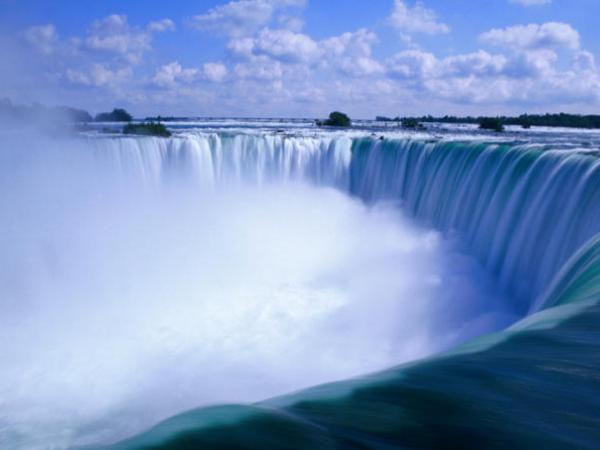
Niagara Falls
One of the great wonders of the world, Niagara Falls' immense natural beauty has attracted tourists and artists from around the world for centuries.
Welcome to The Niagara Parkway. Winding its way along our side of the Niagara River, the parkway connects Fort Erie to Niagara-on-the-Lake, passing through several villages and historic areas - including Niagara Falls, where out tour begins. Have we mentioned its perfect for biking? Have we mentioned the enormous amount of history you can discover? How about all the books to go along?
Historically, the parkway has also been known as Niagara Boulevard and before that Niagara Road. One of the oldest roads in Ontario, it is believed to have been an aboriginal trail before the arrival of Europeans. In 1786 the first survey along the river was performed and over time a public route was established. During the War of 1812, this route became integral to the movement of supplies, soldiers, and ammuniation between Fort Erie and Fort George.
The Niagara River Recreational Trail - a pedestrian/cyclist pathway - follows all but two kilometers of the 55 km route, which allows visitors to pick their starting points and decide how far they want to go. While we've listed many places to stop along the way, this can be a tour as short or as long as you want it to be.
Stops include: Niagara Falls, McFarland House, The Butterfly Conservatory, and Queenston Heights (home of The Brock Monument). It also provides access to The Gorge - a wondrous trail that takes hikers through beautiful forests down to the Niagara River's edge. If you travel in Fall, you will experience splendid Autumnal colour, the smell of drying leaves in the air, and the host of bountiful harvests available at roadside fruit stands.
Check out James Laxer's Tecumseh and Brock for insight into the relationship between two of the War of 1812's most significant participants. Ronald J. Dale's Niagara-On-The-Lake will allow you to explore the beautiful area's elaborate history and A Child's Day invite's kids to experience a day in the life of a child growing up in the 19th century.
Other Tours to Consider:
War of 1812 Niagara

One of the great wonders of the world, Niagara Falls' immense natural beauty has attracted tourists and artists from around the world for centuries.
The Niagara Whirlpool is a naturally-occurring phenomonon located down river from Niagara Falls. It is believed to have been formed aprox. 4200 years ago, by the upstream erosion of the Niagara Escarpment by the Niagara River. Take the Whirlpool Aero Car for a bird's eye view, or walk the many paths along the Niagara Glen Nature Reserve.
Climb down the metal staircases deep into the natural beauty of the Niagara Gorge. Floral, fauna, rock formations and an up close and personal look at the Niagara River are all to be found. Geology lovers can check out the host of great Ontario books detailing the layers of remarkable rock.
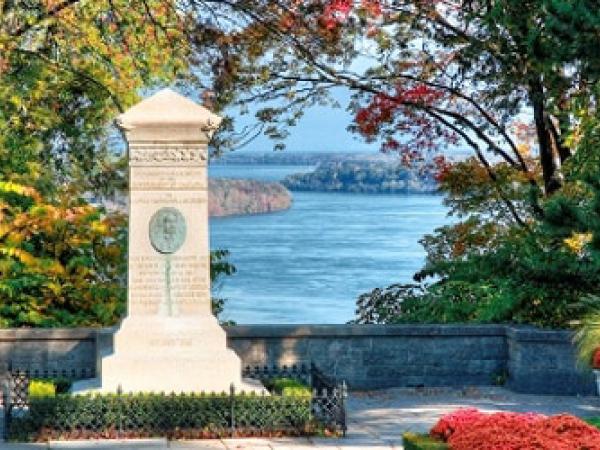
Known for its vistas of the Niagara River, Lake Ontario, and vineyards, Queenston Heights is the birthplace of Niagara Falls and a terminus for The Bruce Trail. At this site you will find information on the famouse Battle of Queenston Heights, along with monuments to Brock and Laura Secord.
Monument that markes the War of 1812's Battle of Queenston Heights. Located in Queenston Heights Park, Niagara on the Lake, it offers spectacular views of Lake Ontario to the North, and Niagara Falls to the South.
The picturesque estate of Willowbank is a National Historic Site of Canada located in Queenston, Ontario. Named after the numerous willow trees that once graced its grounds, it is an example of the rural estates maintained by early wealthy settlers to Upper Canada in the 19th Century. It is now home to the Willowbank School for Restoration Arts.
A monument to the Georgian era, McFarland House is one of the few buildings to survive the burning of Newark - which took place when the Americans occupying Fort George began their retreat in 1813. It is the oldest building owned by The Niagara Parks Commission and has a conservatory tea room open to the public throughout the week.
Fort George is a rebuilt historic military structure located in Niagara on the Lake. Famous for its War of 1812 battle, the fort was once taken by the American army, before they were repelled at the battles of Stoney Creek and Beaver Dams. It is now maintained by Parks Canada, and visitors are treated to a glimpse of life in the early 19th century.
Following the destruction of Fort George by cannon fire in 1813, the British decided to move their key fortification inland. They began construction of storehouses and military bunkhouses on the south-western edge of the military lands (or "Commons) - well out of reach of American guns. By 1854 this area became known as Butler's Barracks - named after John Butler and his "Butler's Rangers". You can visit the site today and find the old buildings still standing.
The property was first owned by Mowhawk Chieftan, Joseph Brant, and then acquired by Captain John Powell - who became the first person to build on it. It is historically known as the site where the famous Sir Isaac Brock wooed his secret love Lady Sophia Shaw, and where they last met on the eve of the War of 1812.
The building is a handsome Victorian brick construction, built in 1891 on the banks of the Niagara River. It housed pumps and filter tanks supplying water to the town of Niagara-on-the-Lake until 1983. Through community effort, the building was restored in 1994 and converted to The Niagara Pumphouse Arts Center.
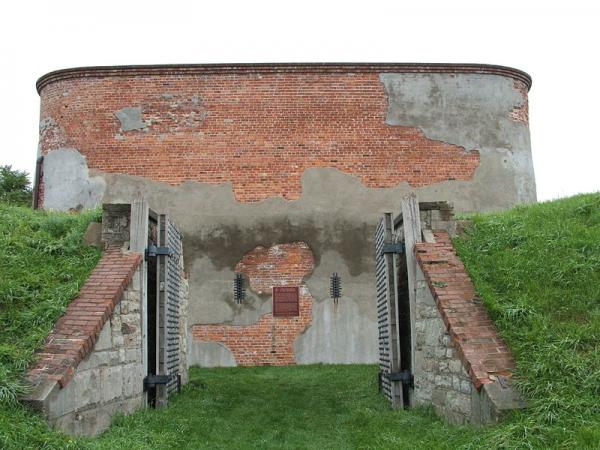
Located along the shores of Lake Ontario, at the mouth of the Niagara River, Fort Missisauga was built from 1814-1816 to replace Fort George. It consists of a box-shaped brick towar and earthworks shaped as a star. It was home to the first lighthouse on the Great Lakes, now commemorated by a plaque at the center of the fort.
Enrich your experience by reading books about the places on your tour!

Covering Niagara: Studies in Local Popular Culture closely examines some of the myriad forms of popular culture in the Niagara region of Canada. Essays consider common assumptions and definitions of what popular culture is and seek to determine whether broad theories of popular culture can explain or make sense of localized instances of popular culture and the cultural experiences of people in their daily lives.
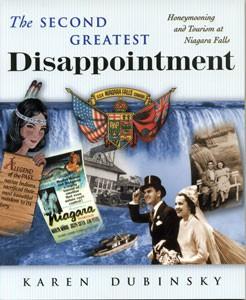
For two centuries, the natural spectacle of Niagara Falls has long been a destination for newlyweds and tourists from around the world. Why is that? In her book, The Second Greatest Disappointment: Honeymooning and Tourism at Niagara Falls, Karen Dubinsky poses a deceptively simple question: of all the ways to promote a waterfall as a tourist destination, why honeymoons?
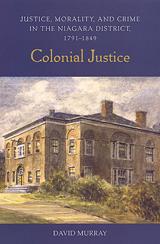
Murray explores how far local characteristics affected the operation of a criminal justice system transplanted from England; his analysis includes how legal processes affected Upper Canadian morality, the treatment of the insane, welfare cases, crimes committed in the district, and an examination of the roles of the Niagara magistrates, constables, and juries. Murray concludes by arguing that while the principles and culture of British justice were firmly implanted in the Niagara district, this did not prevent justice from being unequal, especially for women and visible minorities.
Most settler children owned only two outfits?one for wear every day and one for Sunday. Children?s Clothing of the 1800s shows readers how children dressed in the 19th century and how the early settlers were masters of recycling by passing clothes down from child to child, darning them, or using them to make other things like rag rugs.
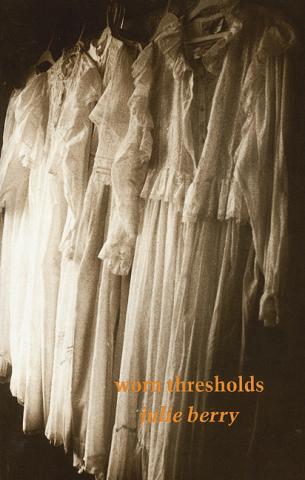
Reading Julie Berry?s poetry means entering a new poetic space, crossing thresholds of pain and delight at once raw and refined. ?like marie d?oignies who buried bloody/ mouthfuls of herself/ in the garden/ i need my poems to be like this,? Berry writes in ?Touching Ground.? ?Like this? is finely-turned and constantly surprising, haunting as plainsong, throaty as the blues.
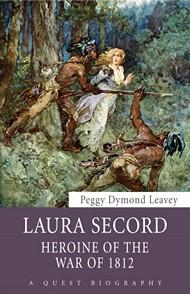
Peggy Dymond Leavey looks at the controversy surrounding Laura Secord's legacy even today. A story of true heroism, Laura Secord lived a long life never receiving full recognition for her famous journey in 1813.
After dragging her injured husband off the battlefield during the War of 1812, Laura Secord (1775-1868) was forced to house American soldiers for financial support while she nursed him back to health. It was during this time that she overheard the American plan to ambush British troops at Beaver Dams.
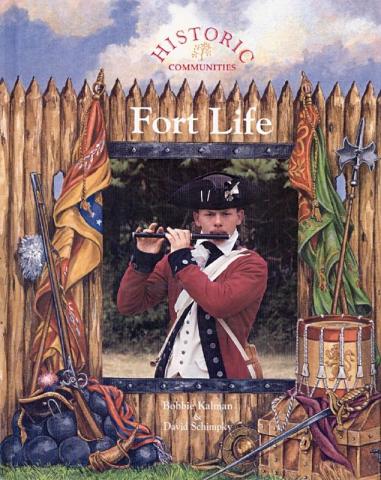
Coveted for their strategic military locations, forts often changed hands many times. Forts played a vital role in the settlement of the New World and were a means of refuge for soldiers and settlers. The difficult life of the soldier is detailed from the harsh living conditions to the primitive medical care they received.
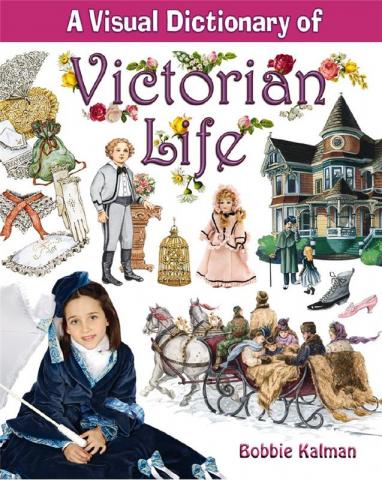
This illustrated dictionary introduces readers to life in North America during the Victorian era, between 1837 and 1901. Beautiful illustrations show how the way of life of the settlers in North America was influenced by the customs and traditions of Victorian England. Themes include the ornate Victorian home, the fancy fashion for men, women and children, the introduction of Christmas celebrations and the way of life in wealthy families.
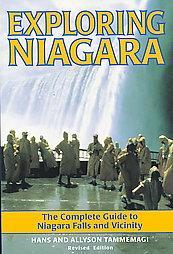
Covering both sides of the Canada-U.S. border, and all within about a 30-minute drive of the Falls, the book unveils more than 50 tours and day trips to and through places of interest in the Niagara region. Descriptions of the trips themselves - varying from under an hour to several days - detail the historical and geographical highlights of each destination, and offer up a variety, suggesting tours that can be taken by car, by bicycle, or on foot.
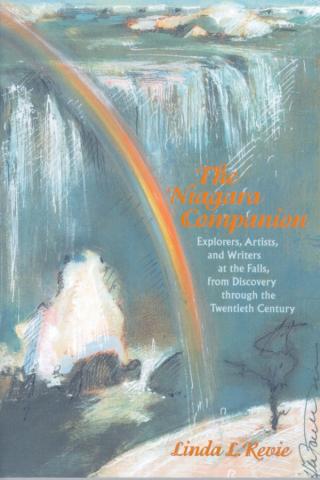
In The Niagara Companion, Linda L. Revie carefully unpacks centuries of artistic depictions of the awe-inspiring waterfall. Her careful considerations reveal how writers, artists, explorers, and scientists - all with their own specific commitments and conventions - have tried to encapture this singular natural wonder and wrestle with its immense force.
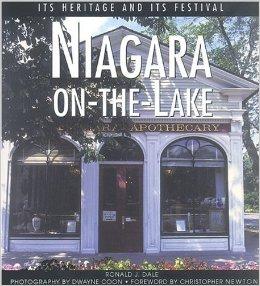
Ronald J. Dale's richly-illustrated book provides insight into aspects of Niagara-on-the-Lake?s history often unknown to visitors. From its establishment as the first capitol of Ontario, to the founding of the province?s first newspaper, to the auspicious and renouned Shaw Festival - the book contains helpful information along with excellent suggestions of landmarks for you to discover. A perfect companion for your visit to one of Southern Ontario's most picturesque towns.
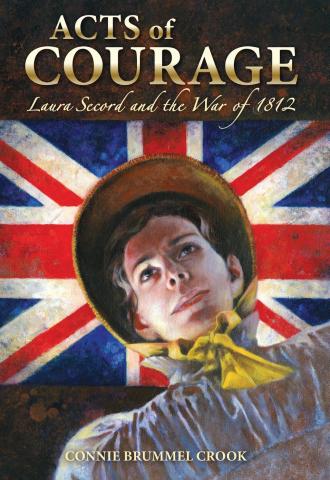
In Acts of Courage, Connie Brummel Crook dramatizes the life of one of Canada?s most enduring heroines, Laura Secord. from young Laura Ingersoll?s early days in Great Barrington, Massachusetts, amidst the turmoil that followed the American Revolutionary War, the story outlines her father?s difficult decision to move his family to Upper Canada.
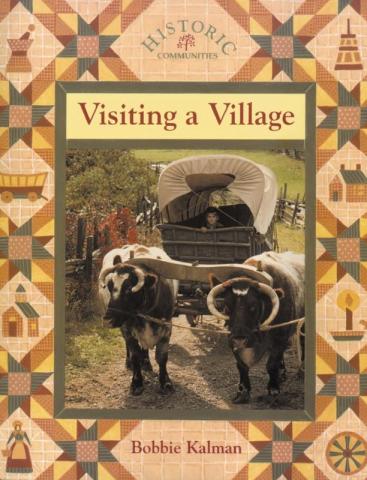
Visiting a Village is an ideal introduction to understanding the concept of community. Children will learn how the settlers worked together with a spirit of cooperation by trading their goods and services with each other. Knowing about what they might see on their first visit to an historic site will help spark a child?s curiosity.
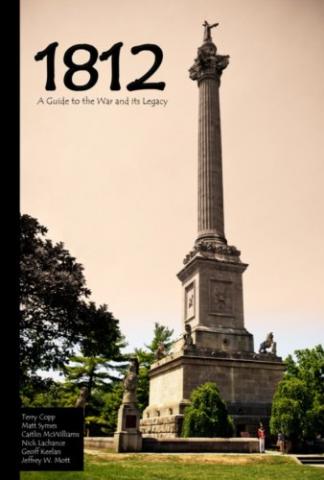
For Canadians, the War of 1812 has held various meanings at different times. In the immediate aftermath, alongside the ?Loyalist? narrative of fleeing from the defeat of the British at the hands of American rebels, the war was regarded as redemptive for those still loyal to British North America. From the American perspective, it is merely one in a host of small-scale wars in North America, and the events of 1812?1815 are mostly forgotten in the collective memory of the United States.
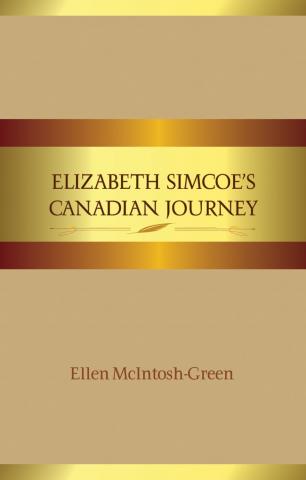
Elizabeth Simcoe was married to first Lt. Governor of Upper Canada John Graves Simcoe. She was a privileged, upper-class, English woman who refused to be left behind in England, therefore travelling with her husband and carving an English society out of what is now recognized as Ontario. Unparalleled by anyone in her time, Elizabeth forged through Lower and Upper Canada, creating one of the most inspiring and tragic stories of Canada.
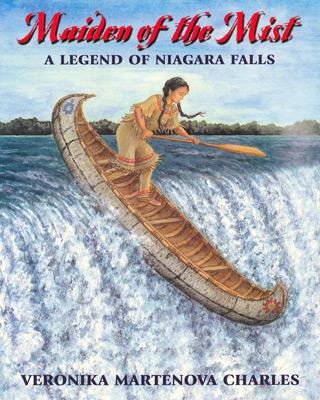
A beautifully told narrative of the famous legend behind Niagara Falls. Long ago, a Seneca tribe lived on the Niagara River, just upstream from a great waterfall. With plenty of fish and crops to feed them, life was good in their village. Then a sickness came to the people, and everything changed. As the situation worsened and people died, Lelawala, the chief?s daughter, came up with a plan to help. She would go to the thunder god, Hinu, and find out why he wouldn?t help her people. But to do that, Lelawala would have to go to his home under the great falls, and never return.
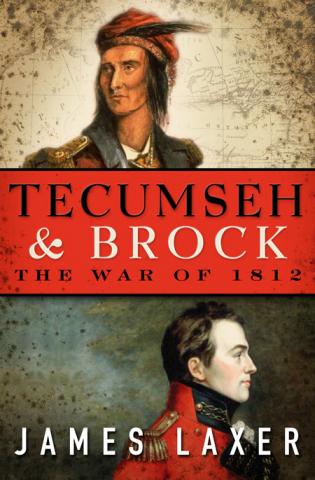
Bestselling, award-winning author James Laxer offers a fresh and compelling look at this important battle by bringing together two historic narratives: the Native peoples' "Endless War" to establish soveriengty on their traditional terrorities, and the American campaign to settle its grievances with Britain through the conquest of Canada.

Learn the history behind this national holiday, celebrating the birth of a nation by Canadians from coast to coast. See the many different ways in which this multi-cultural nation recognizes this occasion with fireworks, music, food, a day-off work, and other special events.
Visit the publisher's website.
Other tours that might be of interest.
Ontario rocks! In fact, it rocks so much there's a book with the same title. Of course, the book refers to the wondrous formations found throughout the province - but we like to think a little literary metaphor goes a long way.
The War of 1812. Anyone from Canada or the USA should at least have heard of it. But if you live in the Niagara region (on either side of the border), 1812's significance takes on a particular quality. Our Open Book Explorer tour will take you to some of the more famous sites, and pair you up with great reading along the way.